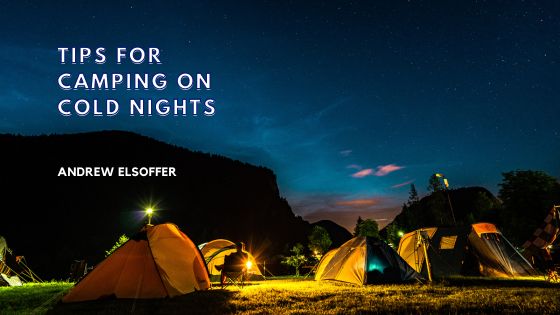Camping is a fantastic opportunity to disconnect from daily stressors and reconnect with nature. However, camping in cold weather can be challenging even for experienced campers. The key to a successful cold-weather camping trip is preparation and planning.
Choose the right gear
The first step in preparing for a cold-weather camping trip is to choose the right gear. It’s essential to have a tent designed for cold weather, with a sturdy frame and a waterproof fly. A four-season tent is ideal for camping in extreme temperatures, as it is designed to withstand high winds and heavy snow. You’ll also need a warm sleeping bag rated for your camping temperature and a sleeping pad to insulate you from the cold ground. A high-quality, insulated jacket, hat, gloves, and socks are essential for staying warm.
Set up camp in the right spot
When camping in cold weather, camping in the right spot is essential. Look for a sheltered area protected from the wind, and avoid low-lying areas where cold air can settle. Setting up camp near a natural windbreak, such as a stand of trees or a rock formation, can also help keep the wind at bay.
Build a fire
Building a fire is a great way to stay warm on cold nights. However, it’s essential to follow the rules and regulations for fires in the area where you’re camping. Use a designated fire ring or pit to gather firewood from the ground rather than break branches off trees. Build your fire at least 15 feet from your tent, and never leave it unattended. A fire can also be used to cook food, which can help warm you up from the inside out.
Stay hydrated
Staying hydrated is essential in any weather, but it’s imperative in cold weather. Drinking plenty of water helps keep your body functioning properly and helps regulate your body temperature. It’s also essential to avoid alcohol and caffeine, as they can dehydrate you and make it harder for your body to stay warm.
Dress in layers
Dressing in layers is essential in any situation with varying temperatures. Layers trap warm air close to your body, which helps keep you warm. Start with a base layer that won’t allow water absorption. This will keep sweat away from your skin. Next, add an insulating layer to trap heat, and finish with a waterproof and wind-resistant outer layer to protect you from the elements. Remember to wear a warm hat, gloves, and socks, as your extremities are especially vulnerable to cold.
Eat high-energy foods
Eating high-energy foods can help keep you warm on cold nights. Foods like nuts, cheese, chocolate, and dried fruit are all high in calories and can quickly boost energy. Hot, hearty meals like soup or stew are also great for warming you up from the inside out.
Stay active
Staying active can help keep you warm on cold nights. Take a short walk or hike before settling down for the night, or do a few jumping jacks or push-ups to get your blood flowing. Avoid sweating, as wet clothes can make you feel colder.

